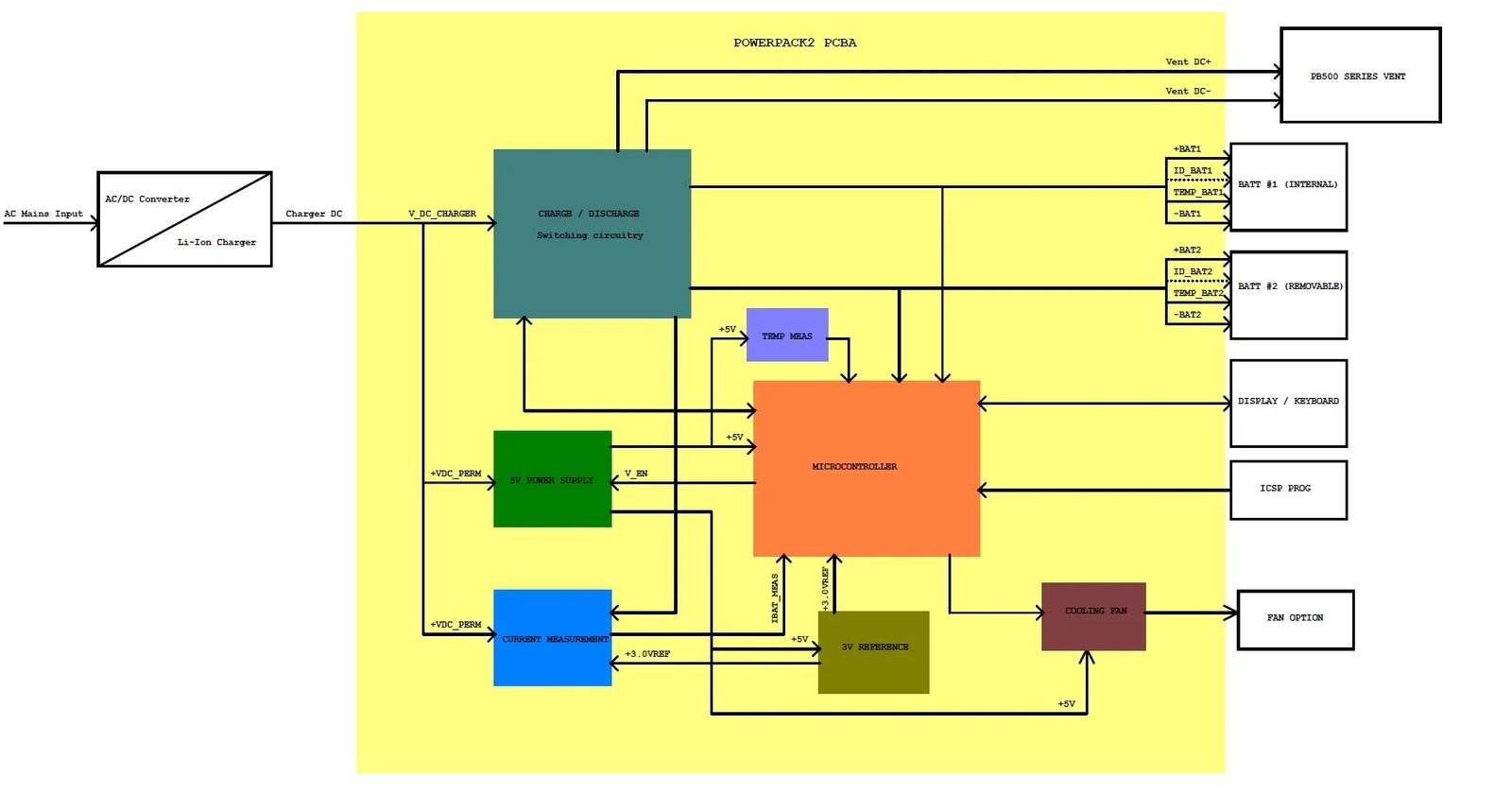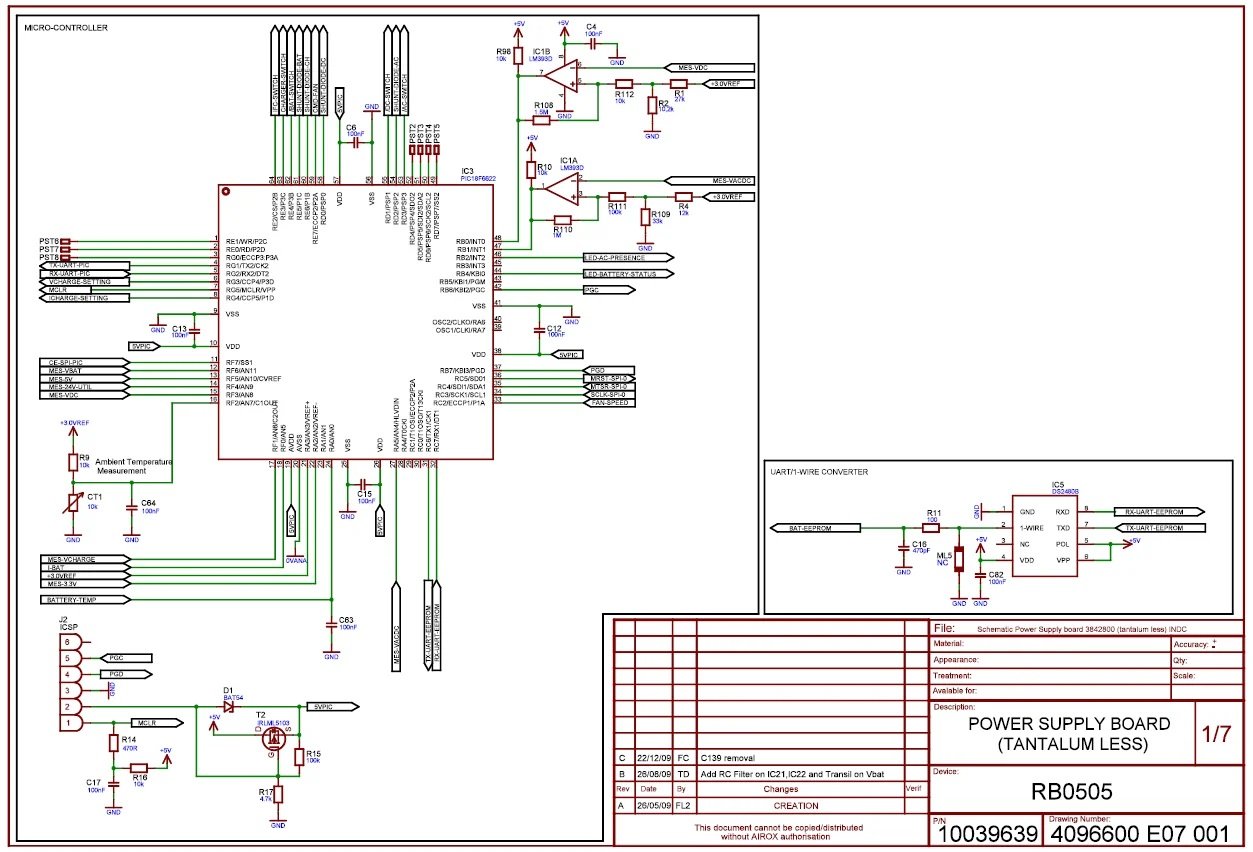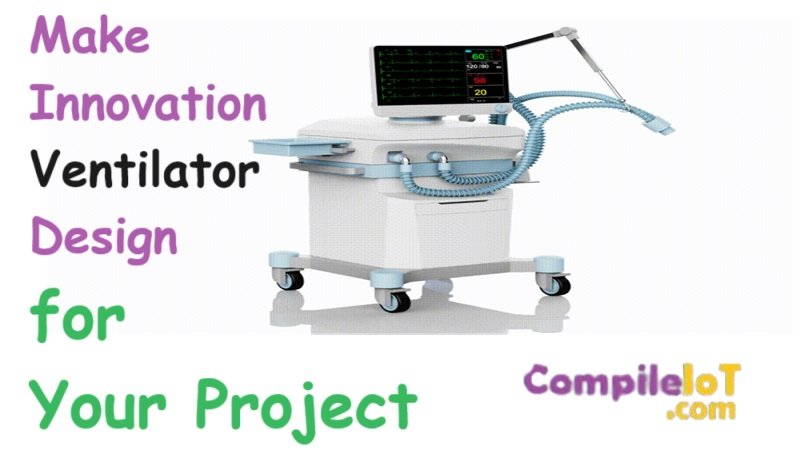Make Innovation Ventilator Design for Your Project
Introduction to Ventilator
A ventilator is a medical device that helps patients who are unable to breathe on their own or have difficulty breathing. It is commonly used in hospitals, especially in intensive care units, to provide life support to patients with respiratory failure or other conditions that affect their ability to breathe.
Ventilators work by delivering a controlled amount of oxygen to the patient’s lungs and removing carbon dioxide from their body. This process is known as mechanical ventilation and is essential for patients who cannot breathe adequately on their own.
Principles of Ventilator
There are several key principles that govern the operation of a ventilator:
1. Positive Pressure Ventilation
Most modern ventilators use positive pressure ventilation, which means that air is delivered to the patient’s lungs under pressure. This helps to inflate the lungs and ensure that oxygen is effectively delivered to the body’s tissues. Positive pressure ventilation can be delivered through various modes, such as volume control or pressure control.
2. Control Modes
Ventilators offer different control modes to provide the appropriate level of support to patients. These modes include assist-control ventilation, where the ventilator delivers a set tidal volume with every breath, and pressure support ventilation, where the ventilator assists the patient’s own spontaneous breaths with a set level of pressure support.
3. Monitoring and Alarms
Modern ventilators are equipped with sophisticated monitoring systems and alarms to ensure patient safety. These systems continuously monitor parameters such as tidal volume, respiratory rate, and oxygen levels to detect any abnormalities. If a parameter falls outside the set range, an alarm will sound to alert the medical staff.
Components of a Ventilator
A ventilator consists of several key components that work together to deliver mechanical ventilation:
Oxygen Source
The oxygen source is a fundamental component of a ventilator. It provides the necessary oxygen supply to the patient. Typically, the oxygen source is connected to the ventilator through tubing, allowing for a continuous flow of oxygen to be delivered to the patient’s airway. The oxygen source can be a central oxygen supply system in a hospital or an oxygen cylinder for portable ventilators.
Solenoid Valve
A solenoid valve is an electromechanical device that controls the flow of oxygen and other gases in a ventilator. It acts as a switch, opening and closing to regulate the flow of gases. The solenoid valve is controlled by the ventilator’s circuitry and ensures the precise delivery of oxygen or other gases to the patient. It plays a crucial role in maintaining the desired oxygen concentration and pressure levels.
Mixed Air Humidifier and Temperature Control Circuit
Proper humidification and temperature control are essential for patient comfort and the prevention of complications. The mixed air humidifier and temperature control circuit in a ventilator ensures that the air delivered to the patient’s airway is adequately humidified and at the desired temperature. This component helps to prevent drying of the airway and irritation, improving patient comfort and overall respiratory function.
Pressure Limiting Valve
The pressure limiting valve is a safety feature in a ventilator that prevents excessive pressure from being delivered to the patient’s airway. It acts as a pressure regulator, ensuring that the pressure remains within safe limits during the ventilation process. This valve is crucial in preventing lung injury and barotrauma, which can occur when the pressure in the lungs exceeds safe levels.
Breathing Valve
The breathing valve is a critical component of a ventilator that controls the flow of gases in and out of the patient’s lungs. It opens during inhalation, allowing the delivery of oxygen-rich air to the lungs, and closes during exhalation, facilitating the removal of carbon dioxide. The breathing valve ensures the synchronization of the ventilator’s airflow with the patient’s respiratory cycle, enabling efficient gas exchange.
Airway Resistance
Airway resistance refers to the resistance encountered by the airflow as it passes through the patient’s airways during mechanical ventilation. It is influenced by factors such as the size and condition of the airways, the presence of mucus or obstructions, and the ventilator settings. Monitoring and adjusting airway resistance is crucial for optimizing ventilation and ensuring adequate gas exchange.
Signal Box
The signal box is a component of the ventilator that receives and processes signals from various sensors and controls. It acts as the interface between the ventilator’s circuitry and the user, allowing for adjustments to settings and monitoring of parameters. The signal box typically includes a display screen, buttons, and indicators, providing real-time information about the patient’s respiratory status and the ventilator’s performance.
Solenoid Valve Control Circuit
The solenoid valve control circuit is responsible for controlling the opening and closing of the solenoid valve. It receives signals from the ventilator’s circuitry and adjusts the valve’s position accordingly. This circuit ensures precise control over the flow of gases, allowing for accurate delivery of oxygen and other gases to the patient. The solenoid valve control circuit is a vital component in maintaining the desired ventilation parameters.
Types of Ventilators
There are various types of ventilators available, each with its own unique features and functionalities. Let’s take a closer look at some of the most common types:
Pressure-Controlled Ventilator
A pressure-controlled ventilator, as the name suggests, delivers breaths to the patient at a set pressure. This type of ventilator is often used in critical care settings and allows for precise control of the inspiratory pressure. It is particularly useful for patients with acute respiratory distress syndrome (ARDS) or those who require higher levels of positive end-expiratory pressure (PEEP).
Non-Invasive Ventilator
A non-invasive ventilator is designed to provide respiratory support without the need for invasive procedures such as intubation. It is commonly used in cases where the patient’s condition is not severe enough to warrant intubation or when the patient is unable to tolerate an invasive ventilation method. Non-invasive ventilators are often used for patients with conditions such as chronic obstructive pulmonary disease (COPD) or sleep apnea.
Positive Pressure Ventilator
A positive pressure ventilator delivers breaths to the patient by creating positive pressure within the airways. This helps to inflate the lungs and assist with the exchange of gases. Positive pressure ventilators can be further classified into two subtypes: invasive and non-invasive. Invasive positive pressure ventilators are used when the patient requires intubation, while non-invasive positive pressure ventilators are used when the patient can breathe spontaneously.
Volume Ventilator
A volume ventilator delivers a specific volume of air to the patient with each breath. This type of ventilator is commonly used in situations where precise control of tidal volume is required, such as in patients with lung injuries or those undergoing surgery. Volume ventilators can be further categorized into volume-controlled and volume-assured pressure support ventilators, depending on the mode of operation.
Variable Flow Ventilator
A variable flow ventilator allows for the adjustment of inspiratory flow rates during the respiratory cycle. This type of ventilator is particularly useful for patients with dynamic airway conditions or those who require specialized ventilation modes. Variable flow ventilators provide greater flexibility and adaptability in delivering respiratory support.
Ventilator Design
Ventilators are available in various designs, yet they typically share fundamental components. A ventilator’s architecture includes an airflow mechanism, a mask for the patient, a control unit and a monitoring system. The airflow mechanism is tasked with delivering the necessary air or oxygen to the patient. The mask, positioned over the patient’s face, facilitates the delivery of air to the lungs. The control unit regulates airflow and manages pressure, while the monitoring system tracks the patient’s respiratory rate and oxygen levels.
As an example, let’s examine a design excerpt from Medtronic’s PB560 ventilator system.
Block Diagram

Img Source – https://reversepcb.com/ventilator-design/
Schematic

Img Source – https://reversepcb.com/ventilator-design/
CAD Structure

Img Source – https://reversepcb.com/ventilator-design/
When designing a ventilator, safety is key. We make sure it doesn’t give too much air or oxygen, which could harm the patient. Also, we make it easy to use and maintain to avoid accidents.
In recent years, ventilators have gotten better. They’re now portable and have cool features like checking air pressure automatically and setting different pressures. They also have alarms to warn if oxygen levels get too low.
Conclusion
In conclusion, Ventilators play an important role in providing life-saving respiratory support to patients in need. Understanding the principles, components, types and design of ventilators is essential for healthcare professionals and anyone interested in this field. We hope this article has provided you with a comprehensive introduction to ventilators, shedding light on their importance and functionality. If you have any further questions or would like to learn more, feel free to reach out to us. Stay informed and stay curious.







